My Parents Treated My Sister Like a Princess and Me Like Nothing—Big Mistake

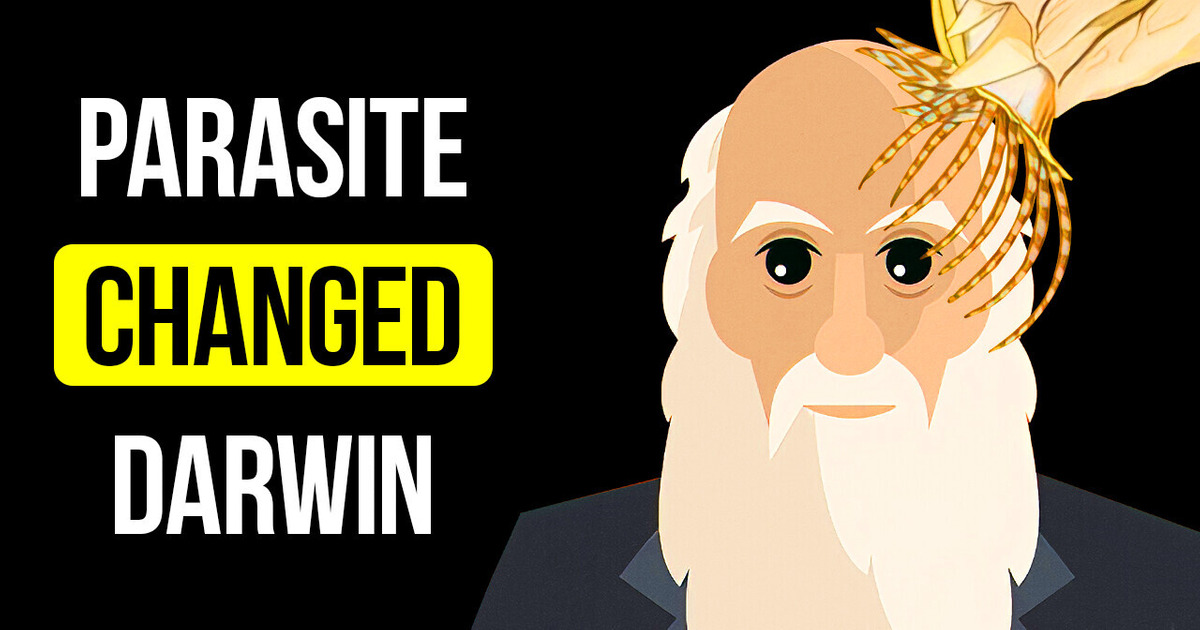
Daily exercise, getting up at 5 in the morning, positive thinking, and all other stuff won’t make you successful. But this thing will... BARNACLES! Look at how these arthropods made one person a world-famous star!
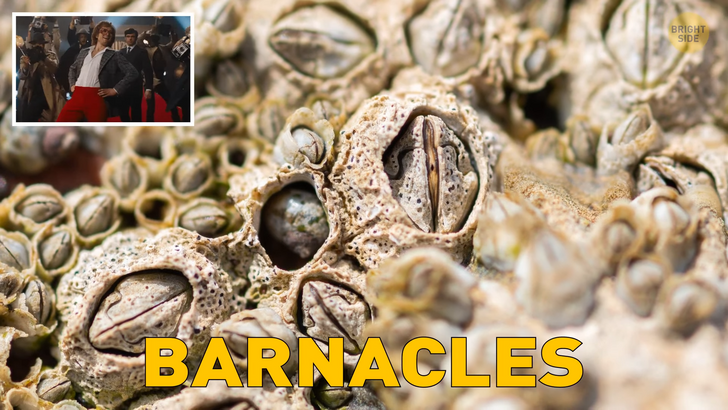
This started at the end of 1831. One of history’s most important round-the-world voyages began. The ship HMS Beagle had a young gentleman named Charles Darwin on board. He was hired to work as the ship’s naturalist. For five years, Charles studied animals from around the world. The results of these studies led to Darwin’s famous theory that humans descended from primates and that all animals evolved through natural selection. It’s generally believed that pigeons, worms, and the Galapagos Islands played a significant role in the creation of the theory of evolution. Perhaps all this mattered, but most of all, Darwin was influenced by the barnacle. The creature he hated most in the world.
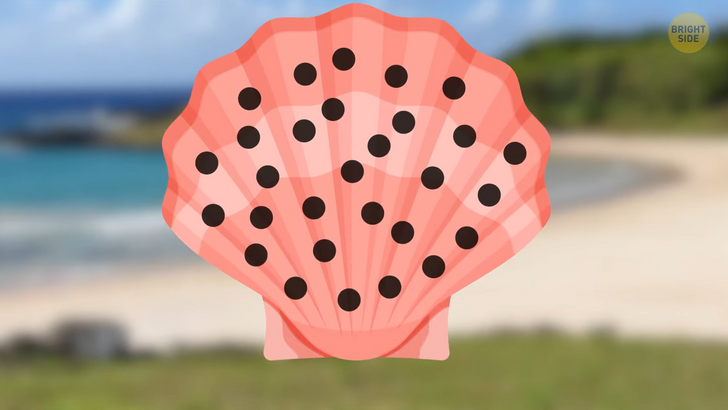
In January 1835, Darwin’s journey was nearing its end. The young scientist was seasick. He felt terrible. The ship docked off the coast of Chile, and Darwin went for a walk along the shore. He reached a green clearing and found an unusual shell there. It was small, like a coconut, and had a strange feature. Its whole surface was pierced with hundreds of small holes. It was like a colander. Darwin saw it for the first time, so he took the shell to the ship. The young naturalist was studying the strange finding all night in his cabin. Those little holes were so perfectly round. Who could possibly do such a thing with... WOW! What was it? Something was stirring inside the shell. Darwin inserted a needle and hooked a tiny cream-colored barnacle on it. It was tiny and defenseless, as it didn’t have its own shell. Therefore, it hid in this big empty shell that belonged to another, larger barnacle.
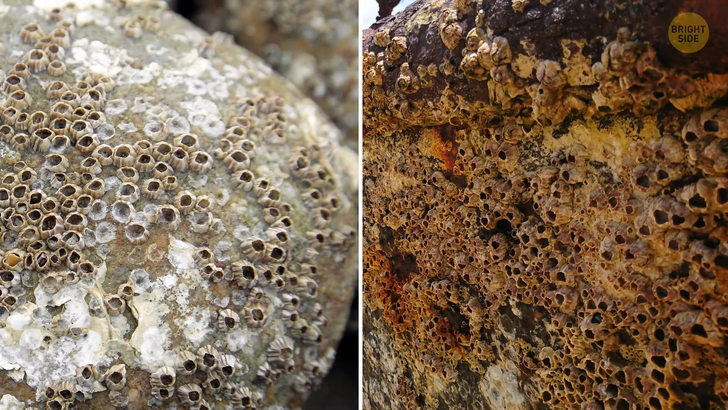
Almost all representatives of this species secrete sticky glue and, with its help, attach themselves to ships, rocks, and the bellies of whales. But the barnacle inside the shell Charles had found acted as a parasite inside another larger animal. Darwin was the first scientist to discover this unusual species of the barnacle family. But why didn’t this creature have its own shell? At that moment, he had no idea how much these animals would change his life. When the round-the-world trip ended, Charles Darwin returned to England. He got married, started a family, and wrote different works about his journey and coral reefs. Once, he read a book about hunger and the struggle for survival. Its author wrote that people survived because they could adapt to any conditions. And then Darwin asked himself: if all life on the planet struggled and adapted all the time, could evolution have given some creatures biological advantages? Consequently, these advantaged creatures would have more advantaged offspring. Darwin concluded that all living species fought for survival, and thanks to this struggle, they evolved and changed. This idea was mind-blowing at the time. Darwin wrote about it in the scientific community, but everyone accepted this theory with skepticism. Darwin had to prove it.
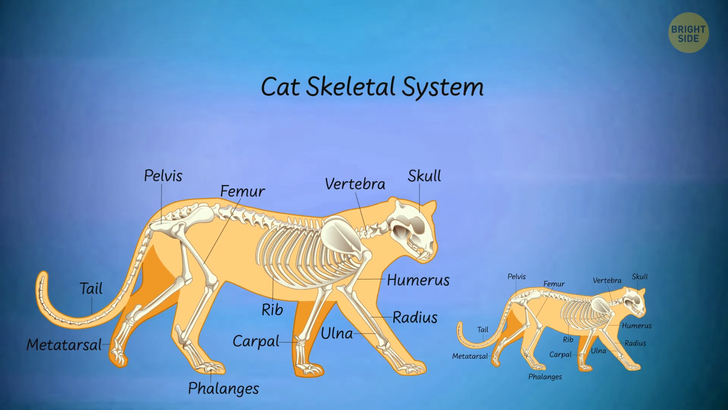
During his journey, he studied thousands of animals from all over the world, and they all were very different from one another. Except for the representatives of different cat species — the inner structure of their bodies was the same. No matter if it was a lion or a domestic cat. And if Darvin couldn’t track any changes inside one species, then he couldn’t prove his evolution theory. That was the problem. Many scientists began to consider Darwin a dilettante. He didn’t know what to do. But then, he remembered that barnacle. Why did the creature behave so differently from other barnacles? Why did it act like a parasite living in a foreign shell instead of having its own? Perhaps it was the evolution that gave the creature these abilities to parasite. Darwin spent many hours in his office studying barnacles. The scientist wrote letters to museums all over the country, asking them for samples of all the barnacles they had and the records from other naturalists about these creatures.
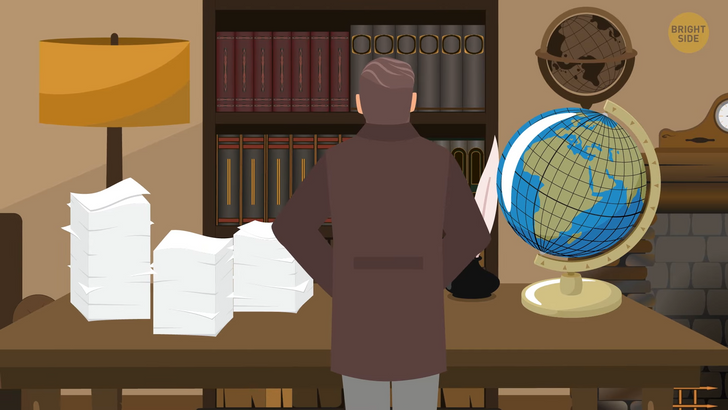
Charles discovered that all the information recorded before him was careless and inaccurate. No one had ever paid proper attention to barnacles. Darwin began to rewrite the history of this species and classify these creatures. The stack of papers with his notes on his table grew every day. More and more packages with barnacles appeared in his house. They were all over the rooms in heavy wooden boxes, exuding an unpleasant smell. Darwin dissected them, studied them through a microscope, made notes in his notebook, and drew the organs of these creatures. It was a difficult and very detailed job. He worked so hard without taking any breaks that he got sick because of overexertion. He suffered from migraines, nightmares, and intestinal disorders. Doctors forbade him to work so much, but the scientist didn’t stop. Every day, postal workers brought new boxes of barnacles. Darwin’s wife was shocked by this but remained patient. She knew something game-changing was coming.
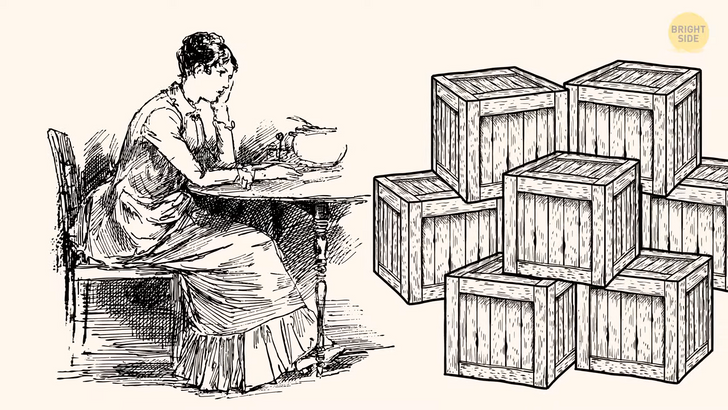
Darwin’s son was so used to these barnacles that he thought that other families did barnacle studies too. One day, the boy visited his friend from school and was very surprised when he didn’t find a microscope and dissecting desk in his house. The friend said that his father didn’t have such items. Then Darwin’s son asked the friend, "Then where does he do his barnacles? Rumors began to spread about Darwin’s passionate work. His colleagues thought Charles had gone mad. He learned to distinguish seashells by minor details. His vision was super-trained. He began to notice things that he had never seen before. For example, one barnacle had a wider mouth, and the other had a thinner shell. In the beginning, the organs of some arthropods were the same, but then they began to develop in different directions. Thus, new species appeared. The same thing happened to ancient mammals, which got divided into two species — some grew wings from their paws and turned into bats. And others grew fins and became dolphins.
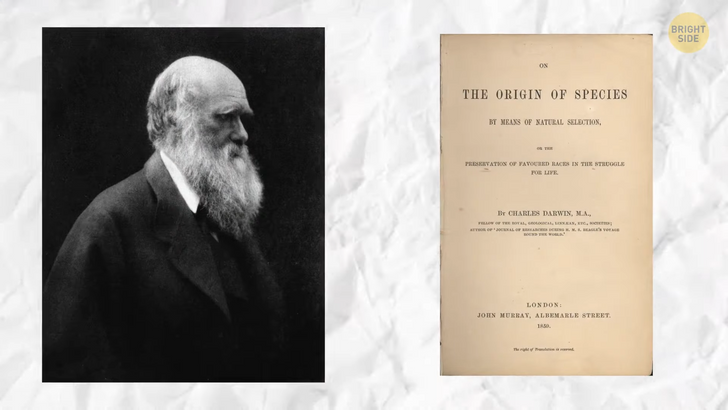
Such differences and changes proved the existence of natural selection. All these things were in front of Darwin’s eyes all the time, but he didn’t notice them. Barnacles became his headache for many years, but in the end, they led him to success. Darwin’s famous book “On the Origin of Species” was ready, but he was afraid to release it. Any significant discoveries and radical ideas revolt people’s minds. The scientist was worried that he would meet a lot of criticism and that many people would refuse to accept his theory. But then he found out about another British naturalist, Alfred Russel Wallace, who wanted to share a similar concept of evolution with the world. They simultaneously presented their works, and both received honors from the scientific world. But, for some reason, only Darwin’s name became world-famous. The book made a splash not only among scientists but also among ordinary people. Remember that famous picture where a walking ape straightens up and becomes a human? This is an illustration of Darwin’s works. The name of the scientist went down in history forever. Perhaps, we wouldn’t know anything about the theory of evolution if the naturalist hadn’t found that shell on the coast of Chile.
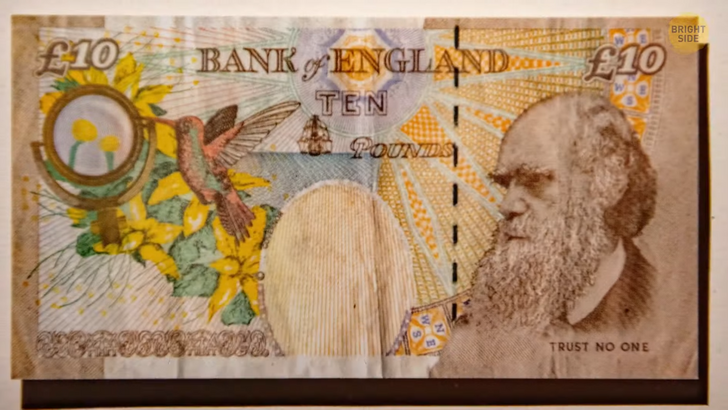
Darwin’s influence was so significant that his face appeared on a 10-pound note, along with the HMS Beagle, a magnifying lens, and the fauna he studied during his travels. Unfortunately, the Bank of England stopped issuing banknotes with this denomination in 2018. By the way, you’ve probably heard this famous phrase “survival of the fittest.” It turns out that it wasn’t Charles Darwin who came up with it. The phrase first appeared on the pages of the book “Principles of Biology” in 1864. Its author, English philosopher Herbert Spencer, tried to link life’s economic and sociological aspects with Darwin’s biological theories. That’s probably why “survival of the fittest” has become so popular not in biology but in the context of social achievements in career and business. So, you see how such tiny creatures as barnacles brought great success to one person. That’s why you should never give up!











